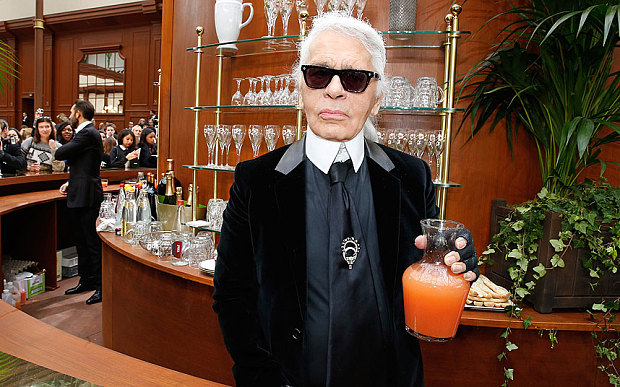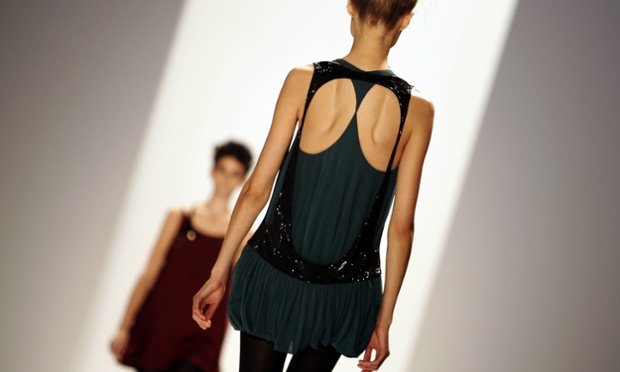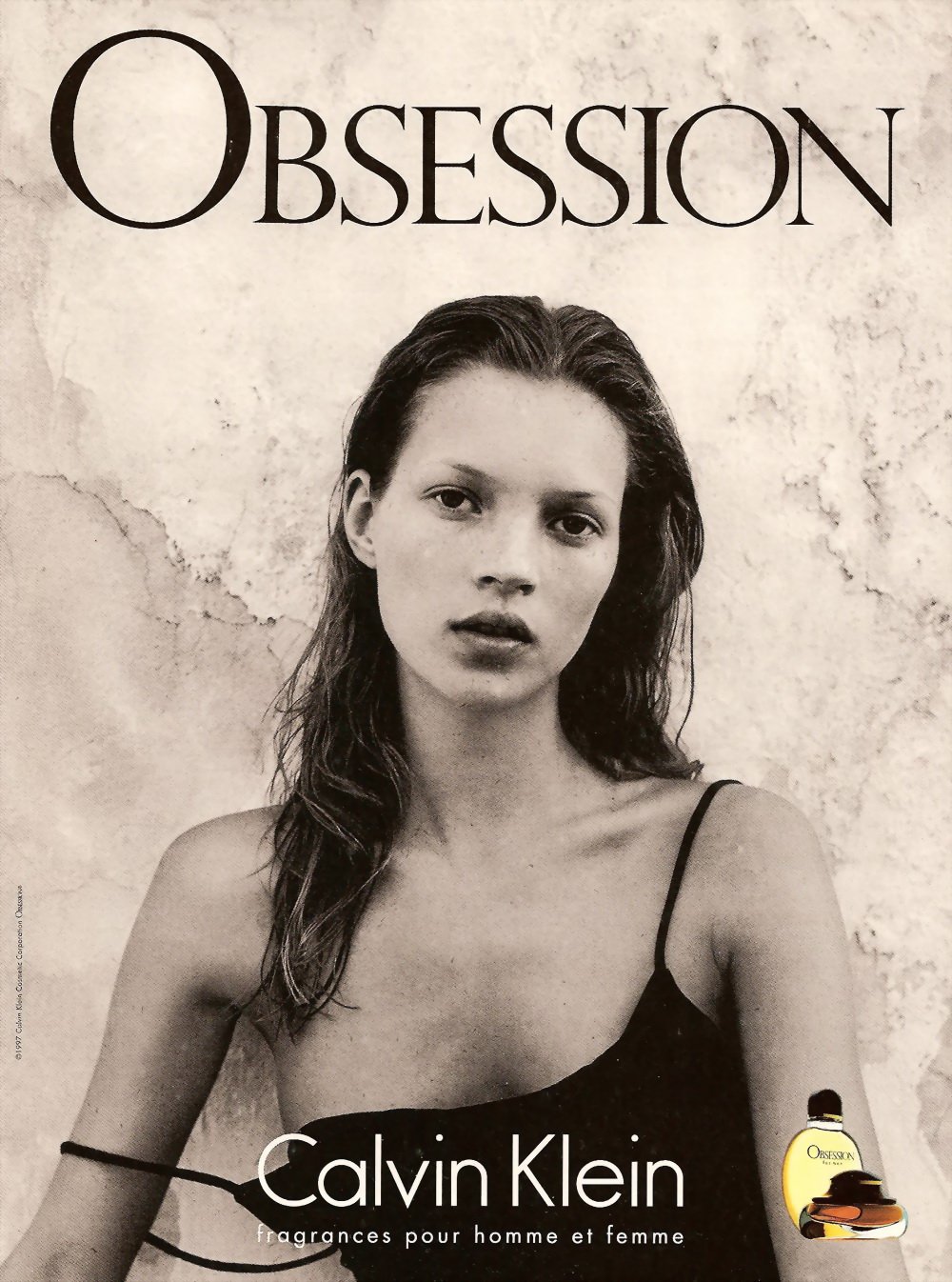France Debates New Fashion Model BMI Laws & Pro-Ana Websites
/ Chanel designer Karl Lagerfeld leads the demand for ultra-thin models in France.French lawmakers are continuing debate today on a ban on fashion models with BMIs lower than a to be determined number. Reuters reports the proposed legal BMI to be 18, or about 121 lbs for a model 5’9” tall. (Note, the 5’7” 121 lbs BMI claim is some articles in incorrect.)Two amendment initiatives are supported by French health minister Marisol Touraine.
Chanel designer Karl Lagerfeld leads the demand for ultra-thin models in France.French lawmakers are continuing debate today on a ban on fashion models with BMIs lower than a to be determined number. Reuters reports the proposed legal BMI to be 18, or about 121 lbs for a model 5’9” tall. (Note, the 5’7” 121 lbs BMI claim is some articles in incorrect.)Two amendment initiatives are supported by French health minister Marisol Touraine.
One amendment prevents model agencies from having girls on their roster with the medically-deemed unhealthy BMI lower than 18. Agencies would be required to provide a medical certificate for each model or face up to six months in prison and a 75,000 euro fine for anyone ‘glorifying anorexia’.
The second amendment outlaws pro-anorexia websites, making it illegal to promote excessive thinness. France estimates that about 40,000 citizens suffer from anorexia, most of them teen girls.
‘The image the fashion industry gives, where women have to be pathologically thin to be beautiful … has a strong social impact, says Socialist politician Olivier Veran, a neurologist at the University Hospital of Grenoble, who is proposing the amendments.
France’s modelling agencies argue that they are in global competition and will suffer unless a Europe-wide approach on model’s health is embraced. Gerald Marie, former European head of Elite Agency says: ‘There is anorexia and there are girls who are … very thin naturally and you can make them eat all day (and) they would stay thin.’ Marie argues that one needs to define anorexia as a psychological disorder.
France would not be the first country to focus on models in their fashion industries. Italy, Spain and Israel adopted laws against too-thin models on catwalks or in advertising campaigns in 2013. Brazil is now considering banning underage and too thin models. Many in the fashion world see France as the central catalyst in the demand for size 0 and less models.

We assume that Chanel designer Karl Lagerfeld finds the BMI proposal to be utter stupidity. After losing 42 kilos of weight (about 92 pounds), Lagerfeld adopted the stance that one cannot possibly be too thin in the world of fashion, stating emphatically that ‘no one wants to see curvy women on the catwalk.’
Lagerfeld inflamed women previously, arguing ‘It’s the fat women sitting in front of televisions with their crisps who say slim models are hideous.’
British writer Imogen Edwards-Jones wrote of models’ excessive laxative use in her book ‘Fashion Babylon’. In 2007, Isabelle Caro, an anorexic 28-year-old model died after posing for a campaign to raise awareness around anorexia. Ex Vogue Australia editor Kirstie Clements published ‘The Vogue Factor’ in 2013, arguing that the fashion industry encouraged models to eat tissues and cotton balls, in order to stay thin enough to get work.
Fashion directors, editors, photographers and designers share complicity in the pursuit of extremely thin models. British Vogue editor Alexandra Shulman explained to The Telegraph in March 2014 that ‘nobody really wants a ‘real person’ on the cover of Vogue. Shulman continued her interview saying she’s bored with the discussions about why models are thin.
‘I think Vogue is a magazine that’s about fantasy to some extent and dreams, and an escape from real life.’
Shulman is long on the record arguing that designers should cut bigger sample sizes and use bigger girls on the catwalk. Her view is mostly one of throwing her hands up in the air. Pressed to describe what her readers like best, the fashion leader responded someone ‘quite conventional, probably smiling, in a pretty dress; somebody looking very lovely. The most perfect girl next door.’
Takedown Of The Supermodels
What the fashion industry has never explained is the reasons why the world’s top models in the late 80s and into the 90s were size 4-6. AOC has written about the topic of size 0 models for years. The downsizing of supermodels like Cindy Crawford, Naomi Campbell, Christy Turlington, Linda Evangelista, Claudia Schiffer and all the glory girls to today’s size 0 and smaller has never explained.
The closest the industry comes is to acknowledging that their embrace of Kate Moss’ ‘heroin chic’ look, one popularized in the mid-1990s, did make vibrant, healthy-looking girls like Crawford and company suddenly undesirable.
In May 1997 President Bill Clinton accused the US fashion industry of portraying heroin use, coupled with emaciated models, androgynous looks and dark circles under their eyes, as glamorous to sell clothes
The glorification of heroin is not creative, it’s destructive,” Clinton said. “It’s not beautiful, it is ugly. And this is not about art, it’s about life and death.
Clinton’s remarks were prompted by the recent death of Davide Sorrenti, brother of Mario, who died of a heroin overdose at the age of 20. In a note of irony, Mario photographed Kate Moss, his girlfriend at the time, in the Calvin Klein ‘heroin chic’ Obsession campaign.
Clinton’s comments were not the first time he has leveled criticism at the fashion industry or reached into the world of popular culture for a political issue, wrote the LA Times. At a campaign fund-raising dinner in 1995, for instance, he complained that Calvin Klein ads depicting youthful models in provocative poses were ‘outrageous.’

Amy Spindler wrote of Sorrenti’s death and the fashion industry’s love of ‘heroin-chic’ looks:





























